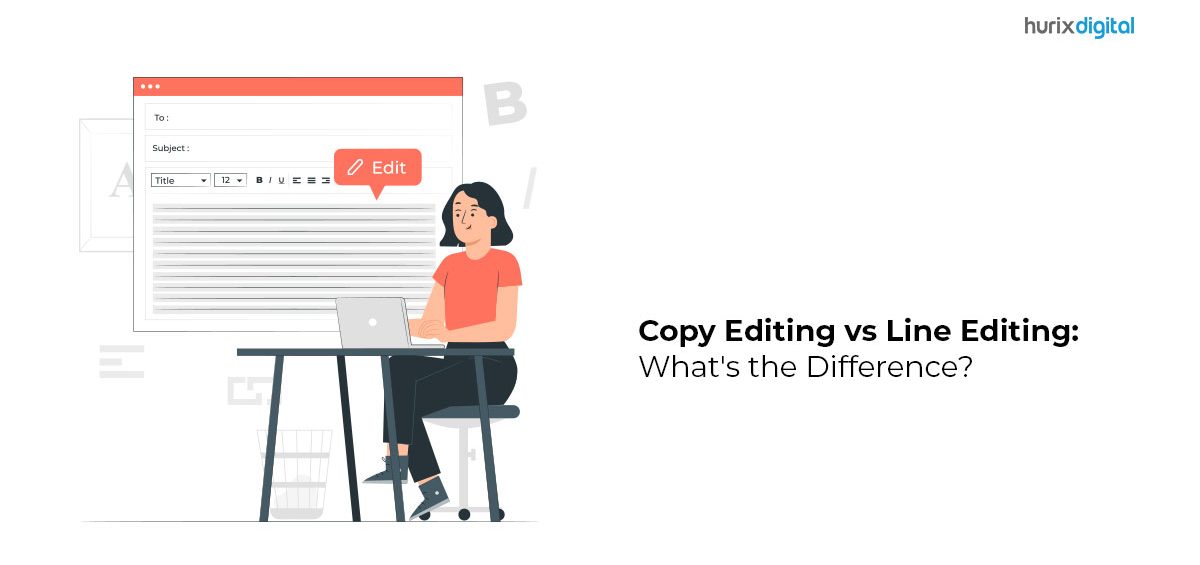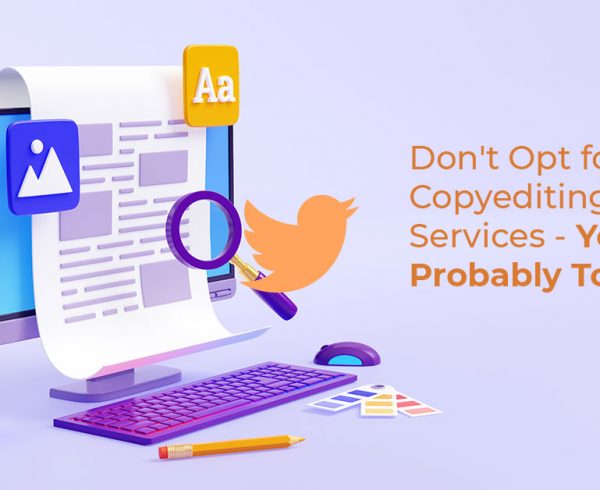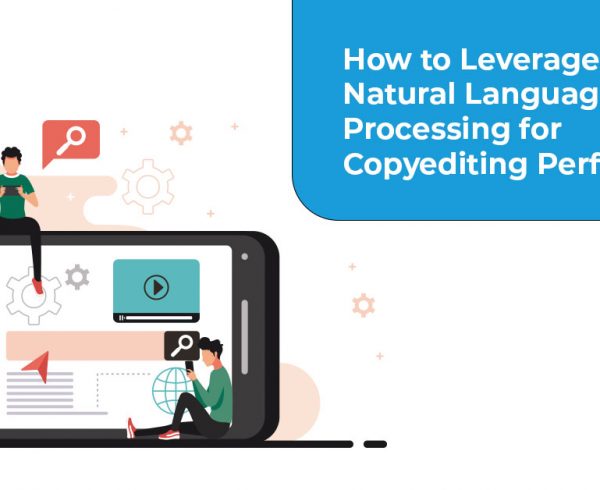Summary
This blog has provided you with a brief overview of the various stages of the editing process, as well as the differences between copy editing and line editing.
Penning down creative storylines and captivating characters is a masterful art. However, ensuring these thoughts are presented with clarity, flair, and easy readability is just as important. That is where the process of editing comes in.
As an author, you can choose to go down the self-editing route (made easy with an abundance of AI-backed grammar-checking tools available today) or hire professional copyediting services. Whatever the case, editing is crucial in sprucing up your work before publication.
The art of editing is a skill in itself, and while most assume that it is a one-step process, it comprises multiple well-defined stages. This blog will walk you through the various steps of the editing process, specifically emphasizing the differences between copy editing vs. line editing – two distinct skills that are often conflated.
Table of Contents:
- The Multiple Stages of Editing
- Copy Editing vs. Line Editing: The Differences
- Copy Editing vs. Line Editing: An Example
- Summing it Up
The Multiple Stages of Editing
The consensus amongst professional editors is that there are primarily four well-defined stages in the editing process.
1. Developmental/Structural Editing
This is the first stage in the editing process, and the focus here primarily revolves around the flow and pace of the draft, the characters, the plot, the arrangement, the length, and the number of chapters, to name a few. The Point of View (POV) is another crucial area of focus at this stage.
2. Line Editing
Line Editing, also known as stylistic editing, comes after the developmental edit stage. This editing phase focuses on the stylistic construction of the sentences, i.e., improving the language. Contrary to popular belief, line editing does not deal with grammar issues.
3. Copy Editing
The copyediting phase comes next, and the focus here lies on the technical aspects of writing: spelling, Grammar, and punctuation. Just as with line editing, copy editing is performed one line at a time, and herein lies the root of the confusion between the two stages (which we will discuss in depth in the coming sections).
4. Proofreading
Proofreading is considered the final stage of the editing process and involves reading over the content to ensure everything is in order before a draft is published. The stage ensures no spelling errors, missed words, extra spaces, etc.
Also Read: The Future of Copyediting: AI Trends to Watch
Copy Editing vs. Line Editing: The Differences
While line and copy editing share some similarities, they are two very distinct stages in the editing process, each requiring professionals with varied and distinct competencies.
Let’s dive into the intricacies of each to understand them better.
1. Line Editing
As mentioned earlier, the bedrock of line edits is to improve the text’s clarity, coherence, and flow by revising sentences, paragraphs, and transitions. Line editors also pay special attention to the tone and emotion and ensure that your writing style is consistent throughout the draft or manuscript.
What does a line editor look for?
A line editor will focus on and check for the following:
- Superfluous or overused words or phrases
- Correct for bland language, weak verbs, and tonal shifts
- Fix ambiguity in run-on sentences or danglers
- Improve transitions between paragraphs or scenes
- Fix narrative digressions
- Check for and correct any factual inconsistencies
2. Copy Editing
On the contrary, copy edits ensure that the draft strictly follows the rules of Grammar. Copy Editing is the final stage before a draft or a manuscript is sent over for proofreading, formatting, and, finally, publishing.
What does a copy editor look for?
A copy editor’s job is to check for and correct the following:
- Grammar, punctuation, and spelling
- Consistency in the language used (US English vs. British English)
- Fixing any inconsistencies concerning capitalization, hyphenation, fonts, italicizing, and numerals (e.g., when to use numbers vs. text)
- Contextual inconsistencies
Also Read: Ethical Considerations in AI-Based Copyediting: Challenges and Solutions
Copy Editing vs. Line Editing: An Example
Let’s look at an example to better understand the subtle differences between line and copy editing.
She was a briliant student, but she had a hard time making friends. She always felt like she didn’t fit in with the others, who seemed to have more fun and less worries.
A line editor would approach the text first, asking themselves the following questions.
- Is the writing clear and coherent?
- Is it conveying the intended message, tone, and voice?
- Is the writing engaging and interesting enough for the reader?
- Are there any redundancies, vagueness, and clichés?
Based on the above questions, they would make the following changes.
- “She was a briliant student” could be changed to “as a briliant student” to create a contrast between her academic ability and her social skills.
- “Had a hard time” could be changed to “struggled” to use a stronger verb.
- “Didn’t fit in with” would be changed to “felt alienated from” to convey emotion better.
- “The others” would be changed to “her peers” to use a more precise and relevant word identifying her group.
- The section “have more fun and fewer worries” would read better when changed to “enjoy life more and worry less” to use parallelism and avoid repetition.
The edited sentence should now read:
As a briliant student she struggled to make friends. She felt alienated from her peers, who seemed to enjoy life more and worry less.
A copy editor would look at these sentences next and try to correct any errors or inconsistencies in the writing. They would approach each sentence with the following questions in mind.
- Is the writing grammatically correct? Is it free of spelling or punctuation mistakes?
- Is the writing accurate and consistent with facts and details?
- Is the writing formatted properly and adhering to a specific style guide?
A copy editor would make the following changes to the above text.
As a brilliant student, she struggled to make friends. She felt alienated from her peers, who seemed to enjoy life more and worry less.
Here are some of the changes that the copy editor made and why:
- They added a comma after “student” to separate the two independent clauses.
- They corrected the spelling of “briliant” to “brilliant.”
Remember that these changes are not set in stone and may vary based on several parameters.
Summing it Up
When it comes to editing, it’s crucial to grasp the distinction between copy editing and line editing. These two processes play critical roles in refining a manuscript and demand unique skill sets.
If you need an effective copyediting service to take care of your pre-editing and copyediting requirements, then Hurix Digital is a perfect choice. We provide digital content transformation services specializing in pre-editing and copy editing for a wide range of content types.
Whether it’s books, journals, reports, or any other document that requires editing, Hurix Digital can assist you in achieving precise, compelling content that matches your criteria and surpasses your expectations.











